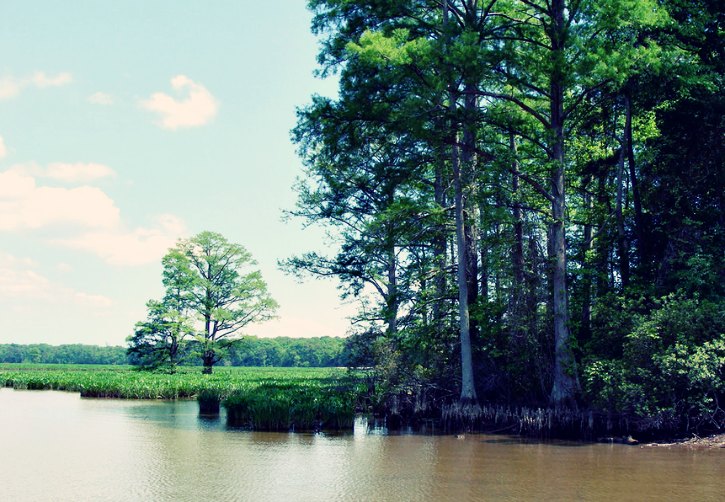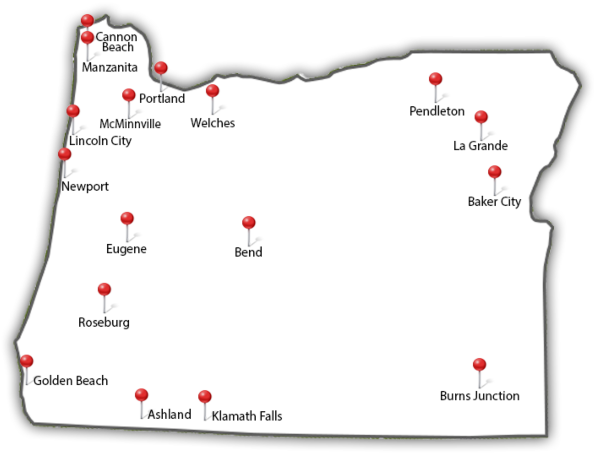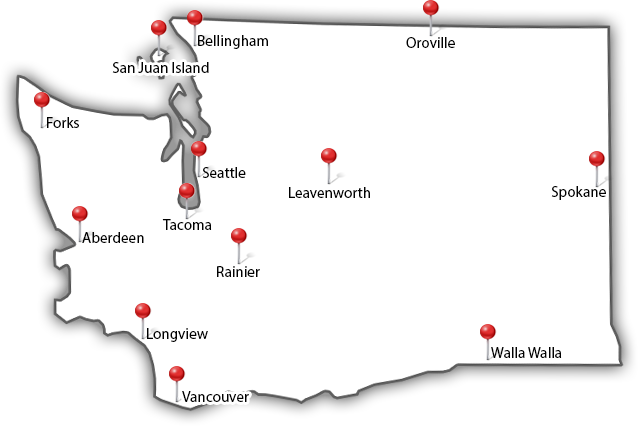Can Trees Prevent Flooding?
Trees have a ton of benefits: clean air, beauty, fruit, and shade, to name a few. But did you know they can also prevent flooding? It’s true! “The typical medium-sized tree can intercept as much as 2,380 gallons of rainfall per year,” the USDA says.
To understand how, let’s look at why flooding happens. Without trees, rain runs off soil and into rivers and streams, raising the water level. Trees help keep soil in place, and their roots soak up water. (This is called reducing erosion and anchoring topsoil.)

Source: Greening.in
Even trees’ leaves help prevent flooding. When raindrops bounce off them, the water doesn’t hit the ground as hard. “Gentler rain causes less erosion,” explains the Why Files.
The Trouble with Deforestation
We need paper. It’s just a fact. Life would be pretty sad without books, envelopes, dollars, coffee filters, board games, or photographs. But clear-cutting forests, aka deforestation, makes flooding worse. The Why Files explains again: “In terms of flooding, the unimpeded raindrop impact on bare ground leads to heavy erosion and quick runoff.” Without trees to soak up water, lessen rain’s impact, and hold soil in place, rain runs faster off land.
Clear-cutting trees has another side effect. Since the soil isn’t anchored in place by tree roots, it gets carried downstream by heavy rainfall. And the dirt and mud washes into rivers and streams, which means riverbeds get clogged and can carry less water. That makes flooding worse.

Photo: Darren Johnson
Welsh researchers at the Centre for Ecology & Hydrology noticed this and partnered with farmers to reduce runoff. As reported in The Guardian:
[Farmers] noticed during rainstorms their newly planted woodland seemed capable of absorbing vast quantities of water while grazed land let rain pour down hillsides. So they invited the scientists to study the land.
“We measured rain that was being absorbed by grazing land and by woodland, and found the latter was 60 times more effective at taking up water than soil on land grazed by animals,” said [Dr. Zoe] Carroll [of the Center for Ecology & Hydrology]. “We expected to find a difference, but not one of this magnitude.”
Pretty cool, right?
Urban Flooding
Trees don’t just prevent flooding in the forest or countryside. Trees play a big role in lessening damage from flooding in cities as well. Think about it: Concrete doesn’t do much to stop or soak up rain. Water runs across the top of pavement, not into it. Trees and soil, on the other hand, can act as a sponge.
Or as the European Union puts it:
Rainwater which lands on trees either evaporates to the air or drips down to the ground below, where it can soak into the soil. Surface water from nearby areas can also flow into the permeable area around the trees, which further increases the amount of water that can soak away and reduces demand on stormwater drains.
In fact, in a 2013 research study, scientists found that trees soaked up twice as much rain as asphalt, reducing runoff by about 60%.

Photo: Jimmy Thomas
What Types of Trees Prevent Flooding?
So does just any tree help prevent flooding, or are certain ones better than others? I’m glad you asked. Depending on the tree’s location, you may want to plant different types. For instance, bald cypress or water tupelo trees have a high tolerance for water, so you can plant them at the bottom of a basin. (Houston is doing just that.) Other types of trees are more sensitive to being in standing water for long periods of time. Such conditions can kill the roots and eventually the entire tree.
In general, you want to plant native trees. One writer suggests the following:
- Silver maple
- California laurel
- Blackgum
- Sandbar willow
Here in the Pacific Northwest, planting broad-leaf evergreen trees is wise. Deciduous trees — those that lose their leaves in the winter — do less to intercept rainfall, since their leaves are gone.
The benefits of trees don’t stop at slowing water flow. Trees also clean the water and improve its quality. When trees soak up water through their roots, they can keep toxins and pollutants from going into drinking water by releasing them as a gas through their leaves.
Planting trees gives you a ton of benefits, from cleaner air and water to less flooding. Contact us at Northwest Arbor-Culture, Inc. if you want to talk with a certified arborist about getting some trees planted!
Sources:
European Union
Forests for Watersheds










